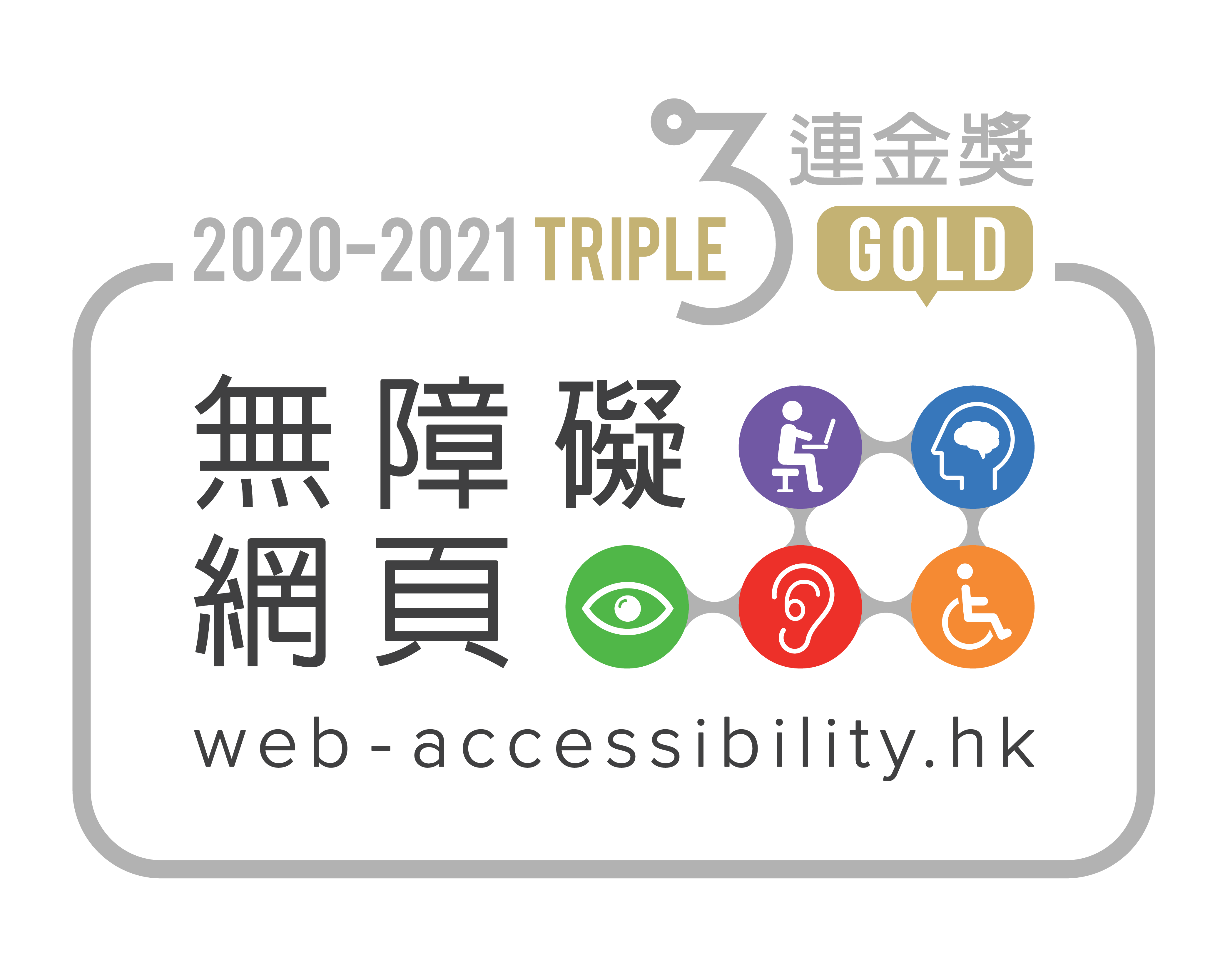CUHK
News Centre
Public believes social mobility for young insufficient and worsening according to CUHK survey
The Chinese University of Hong Kong’s (CUHK) Hong Kong Institute of Asia-Pacific Studies conducted a telephone survey from 21 to 29 April 2022 to gauge public views about social mobility in Hong Kong. 52.0% of the respondents said that there were not enough chances of upward mobility for young Hong Kong people. 63.3% of the respondents answered that the chance of upward mobility for young people had worsened compared to 10 years ago.
The major findings are:
52.0% of the respondents to the survey said that Hong Kong currently did not provide enough chances for upward mobility for young people, while 32.7% answered “in-between” and only 10.7% said that there were enough chances.
63.3% of the respondents said that the chance of upward mobility for young people had declined compared to 10 years ago, while 23.9% replied it was similar to ten years ago and only 9.1% said it had improved. When the respondents were asked whether the chance of upward mobility for young people would be better in the next decade or beyond, 37.5% of them predicted that it would get worse, 32.5% predicted it would be similar to the current situation and 21.1% predicted it would be better.
All respondents were asked whether young people would have a better chance of success if they pursued careers on the mainland. 41.4% of them answered “half-half”, 29.8% said no and 19.4% said yes. When asked whether young people would have a better chance of success if they pursued careers in foreign countries, 48.3% of the respondents answered “half-half”, 23.2% replied they would not and 15.1% thought they would.
Regarding personal social mobility experiences in the past five years, 57.8% of the respondents said that they had been stationary, while 18.2% thought they had moved downwards and 11.9% felt that they had moved upwards.
Lastly, when asked about the meaning of upward mobility, 34.4% of the respondents answered that it was having “more wealth and a better career”, followed by “higher quality of life” (29.1%), “higher education level” (17.0%) and “stronger influence on society” (6.4%).
The survey employed a dual-frame sampling design that included both landline and mobile phone numbers. A total of 706 respondents aged 18 or above (landline: 349; mobile: 357) were successfully interviewed, with response rates of 27.9% (landline) and 30.7% (mobile). The sampling error is estimated at plus or minus 3.69 percentage points at a 95% confidence level. The weighting of survey data was based on the probability of the respondents being selected via dual-frame sampling design and relevant age-sex distribution of the population published by the Census and Statistics Department.


